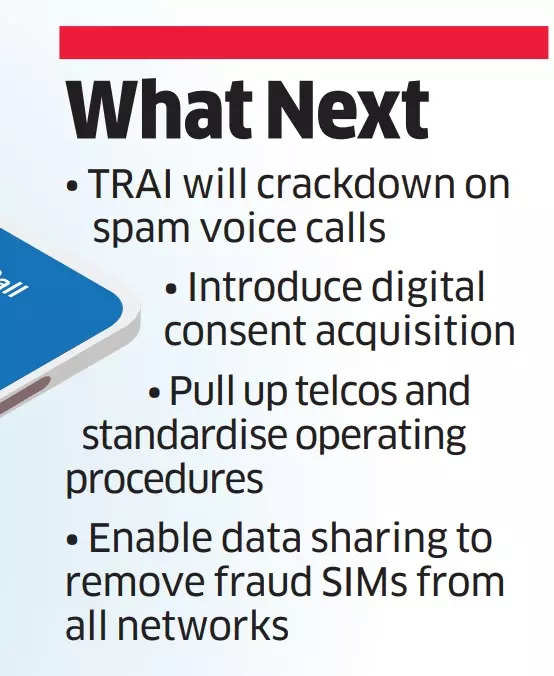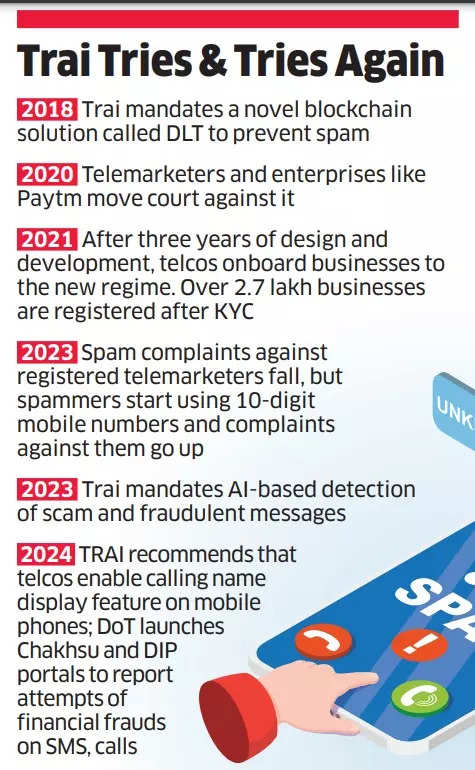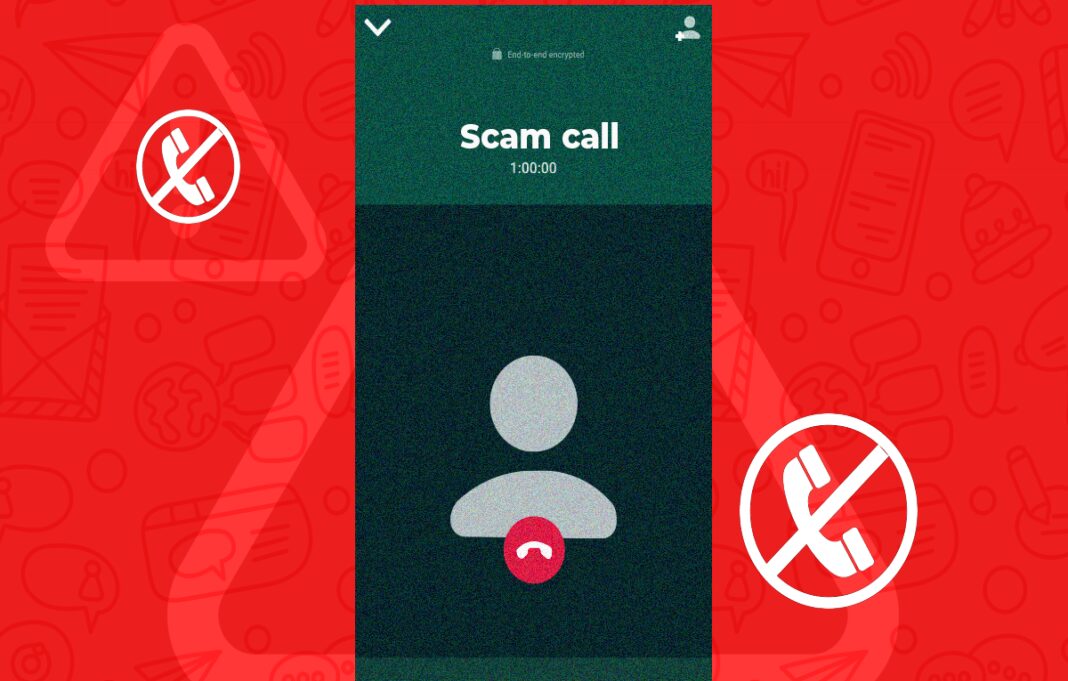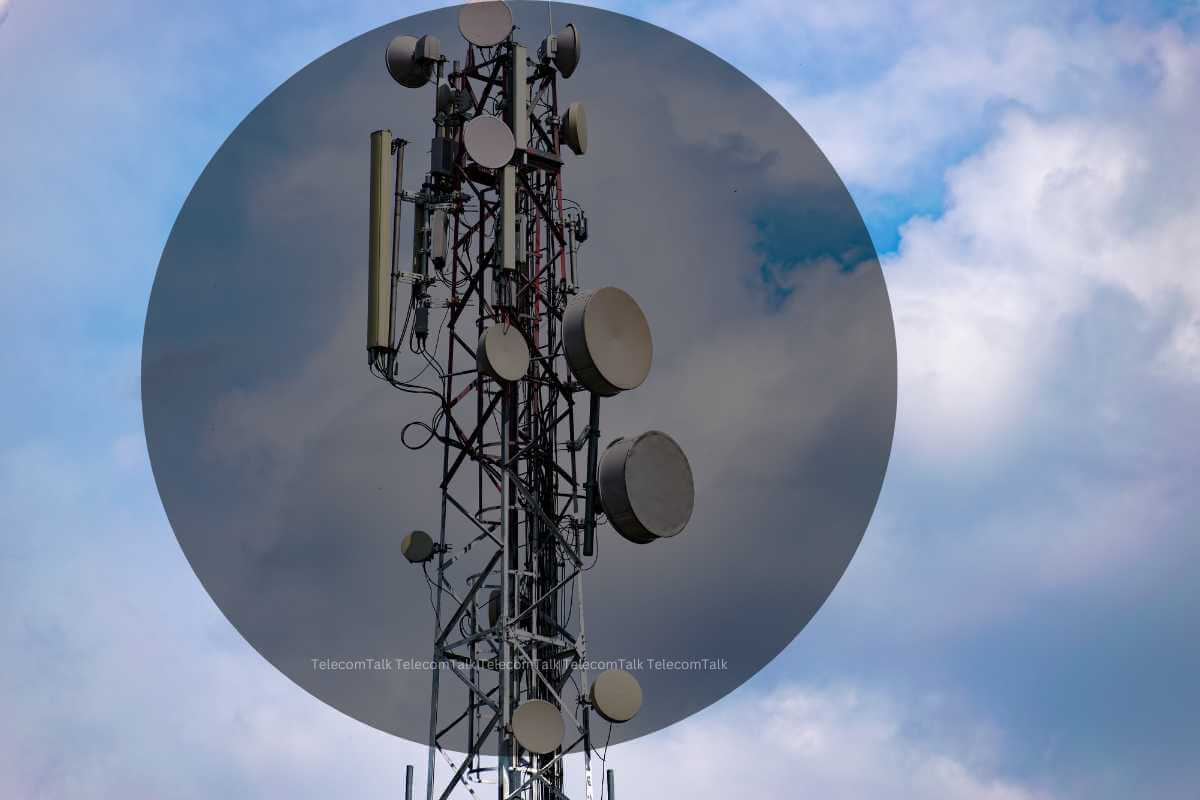
In Short:
Telecom Regulatory Authority of India, Trai, wants to tackle spam calls and messages by using advanced technology like blockchain and artificial intelligence. However, despite efforts, the spam issue persists due to evolving tactics of spammers and lack of addressing fundamental problems. Trai’s blockchain-based DLT system aimed to control unwanted messages, but faced challenges like unregistered senders and unchecked registrations leading to a pile-up of garbage. Even though efforts have been made to clean up the system with AI-based detection and removal of scam templates, the problem still exists. Trai continues to work on implementing guardrails to prevent spamming and reduce junk messages and pesky calls.
The Fight Against Spam: Trai’s Ongoing Battle
It seems like the Telecom Regulatory Authority of India (**Trai**) is back at it again, taking a strong stance against spam. Their latest move? Urging all network operators to implement caller name display service on mobile phones. Additionally, they are pushing for smartphone makers to enable this feature within a specified timeframe. Despite their best efforts, unwanted calls and messages still manage to seep through the cracks. Trai has been armed with various technologies, from blockchain to artificial intelligence, to combat this ongoing issue.
The Rise and Fall of DLT
In 2018, Trai introduced a revolutionary blockchain-based architecture known as distributed ledger technology (DLT) to tackle unwanted communications. However, it took three years for DLT to be fully implemented. Yet, by 2024, criticism mounted against its effectiveness. The spammers were quick to adapt to new tactics, and the technology itself faced fundamental challenges that were overlooked during its development.

The Perils of Spam
At the core of the spam issue lies businesses’ relentless pursuit to reach consumers through various channels, including SMS, messaging apps, voice calls, emails, and notifications. SMS remains a popular method, but it also poses risks, with phishing messages targeting millions of unsuspecting users each month. This rampant activity raises concerns about data privacy and security.
Unveiling Trai’s Blockchain Initiative
Trai’s 2018 regulation marked a significant milestone, leveraging blockchain in the telecom sector on a massive scale. However, challenges arose as telecom operators grappled with implementing this novel technology. Businesses, telcos, and regulators navigated uncharted waters, leading to legal battles and technical hurdles. Despite these obstacles, the system was finally operational in early 2021, with the onboarding of thousands of enterprises.

Struggles and Solutions
Issues emerged as scammers found ways to bypass the system, exploiting loopholes and flooding the network with unsolicited messages. Trai’s efforts to clean up the mess involved removing inactive content and implementing AI-based detection systems. However, the battle against spam continues, as rogue operators and unregistered senders exploit vulnerabilities in the system.
The Road Ahead
Despite the setbacks, Trai remains committed to curbing spam and safeguarding consumer interests. By implementing stricter regulations and leveraging technology, they aim to reduce unwanted communications and enhance user control over their data. As the fight against spam intensifies, Trai strives to stay ahead of the game, ensuring a safer and more secure digital ecosystem for all.





